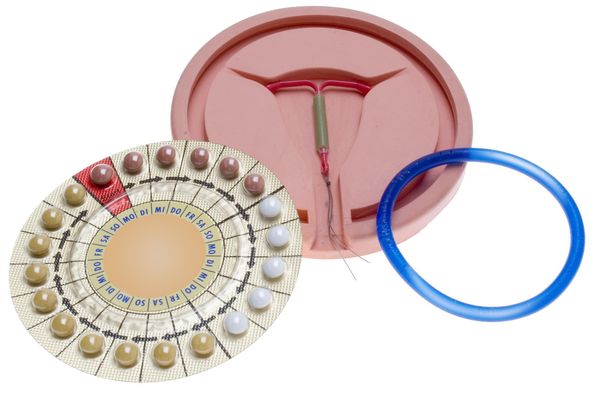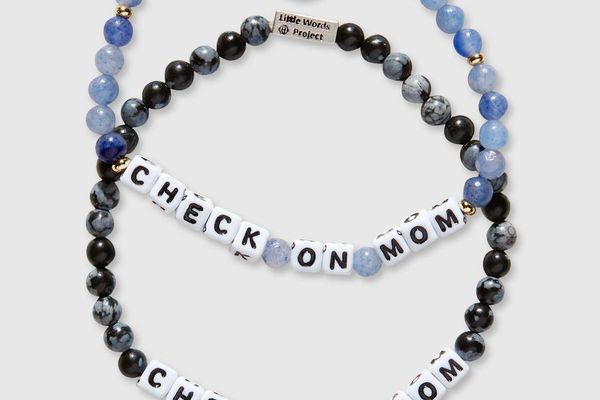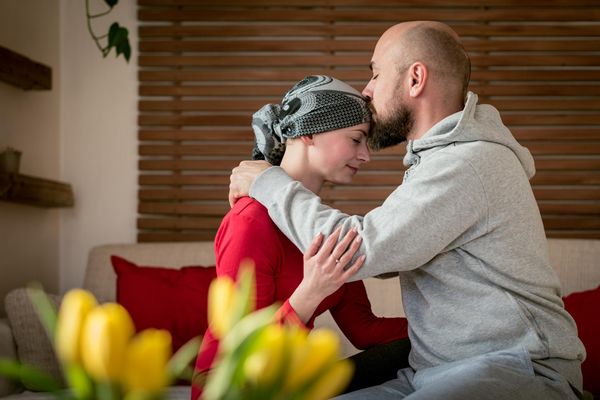Exclusive Survey Reveals Impact of Chronic Pain on Women’s Daily Lives and Unmet Management and Treatment Needs
Red Bank, NJ – According to the Centers for Disease Control and Prevention, 50 million Americans suffer from chronic pain,i which has been linked to numerous health conditions. Chronic pain disproportionately affects women, leading to higher health care costs, loss of productivity, economic hardship and diminished quality of life for women, their families and their communities.
To advance current dialogue about the impact of chronic pain on women's health, HealthyWomen, the nation's leading independent, nonprofit health information source for women, is hosting its first science, innovation and technology summit specifically to address this issue. During this two-day summit in Maryland, taking place July 17–18, clinicians, researchers and advocates will convene to address knowledge gaps and challenges for treating and managing chronic pain in women. Cutting edge research on chronic pain, patients' lived experiences and industry perspectives also will be highlighted over the course of this meeting.
"Chronic pain is a significant public health issue. The reality is that existing biological differences are rarely taken into consideration during treatment," says Monica Mallampalli, Advisor, Scientific and Strategic Initiatives, HealthyWomen. "We need to take individual differences into account, knowing that women suffer more from chronic pain compared to men and also ensure that women receive an adequate and unbiased response to pain treatment."
In advance of the summit and to capture insight on how pain should be treated and managed, including the impact of chronic pain on women's daily lives, HealthyWomen conducted a national survey of more than 1,000 women who have experienced persistent or recurring pain for more than three months. The survey found that 90 percent of respondents have received a diagnosis for the cause of their pain, yet, 62 percent of women sometimes feel hopeless and/or helpless about their pain. Almost all respondents (95 percent) say their pain impacts their ability to live a full and active life.
Additional highlights from the survey include:
Nearly half (48 percent) of respondents are treating their pain with opioids. The most common pain treatments, other than opioids, are other prescription medications, over-the-counter medications, and physiotherapy (movement/exercise).
Thirty-six percent of respondents don't feel their health care provider (HCP) takes their pain seriously.
Thirty-eight percent of respondents feel they do not have access to enough information about pain. The most popular responses of positive changes women say they would like to see about the way pain is managed are: adequately trained providers (65 percent), support from HCP (58 percent), and availability of resources (56 percent).
"While there have been many advances in women's health over the past several years, there is still much more to be done when it comes to chronic pain in women, especially given that women are prescribed opioid pain medication more than men," says Anita Gupta, DO, PharmD, MPP, Professor, Rowan University School of Medicine and Senior Vice President, Medical Strategy and Government Affairs, Heron Therapeutics. "In order to create sustainable change in pain management, it is crucial to recognize the impact of sex and gender differences in patient care so that we can define and activate best steps to manage pain in women."
"It can be extremely debilitating when pain is not managed properly and can affect the quality of life for women and their families" says Penney Cowan, Founder and CEO, American Chronic Pain Association. "Women need to be taken seriously, and we need to eliminate the stigma associated with chronic pain. We must help women find their voice so that they can be their own advocates. Awareness among professionals, decision makers, and the general public, especially when it comes to how women and men are treated for chronic pain, has to be a top priority."
For more information on the two-day summit or to view the complete survey report, please visit https://www.healthywomen.org/chronic-pain-summit.
About HealthyWomen
HealthyWomen is the nation's leading independent, nonprofit health information source for women. Our mission is to educate women to make informed health choices for themselves and for their families, providing objective, research-based health information to our audience. For 30+ years, millions of women have turned to HealthyWomen for answers to their most personal health care questions.
Nothing is more important to our health than access to competent and affordable care and the safety of our medications and health care delivery practices. HealthyWomen works to educate women about health policy issues in these and other areas. We recognize the importance of clinical trials to improving women's health and support women's health research, particularly where sex may make a difference in research results. HealthyWomen advocates on behalf of women to ensure that women's health is a primary focus of policy makers and advocacy groups. Our investment in developing science-based information and our effort to incorporate perspectives reflected by advances in research and technology will further our mission to provide women with relevant and accurate health resources. For more information, please visit www.HealthyWomen.org. Follow us on Facebook, Twitter, Instagram and LinkedIn.
PRESS INQUIRIES:
HealthyWomen: Stefanie Williamson, stefanie@healthywomen.org, (631) 754-0460
i https://www.cdc.gov/mmwr/volumes/67/wr/mm6736a2.htm Dahlhamer J, Lucas J, Zelaya, C, et al. Prevalence of Chronic Pain and High-Impact Chronic Pain Among Adults — United States, 2016. MMWR Morb Mortal Wkly Rep 2018;67:1001–1006. DOI: https://dx.doi.org/10.15585/mmwr.mm6736a2






